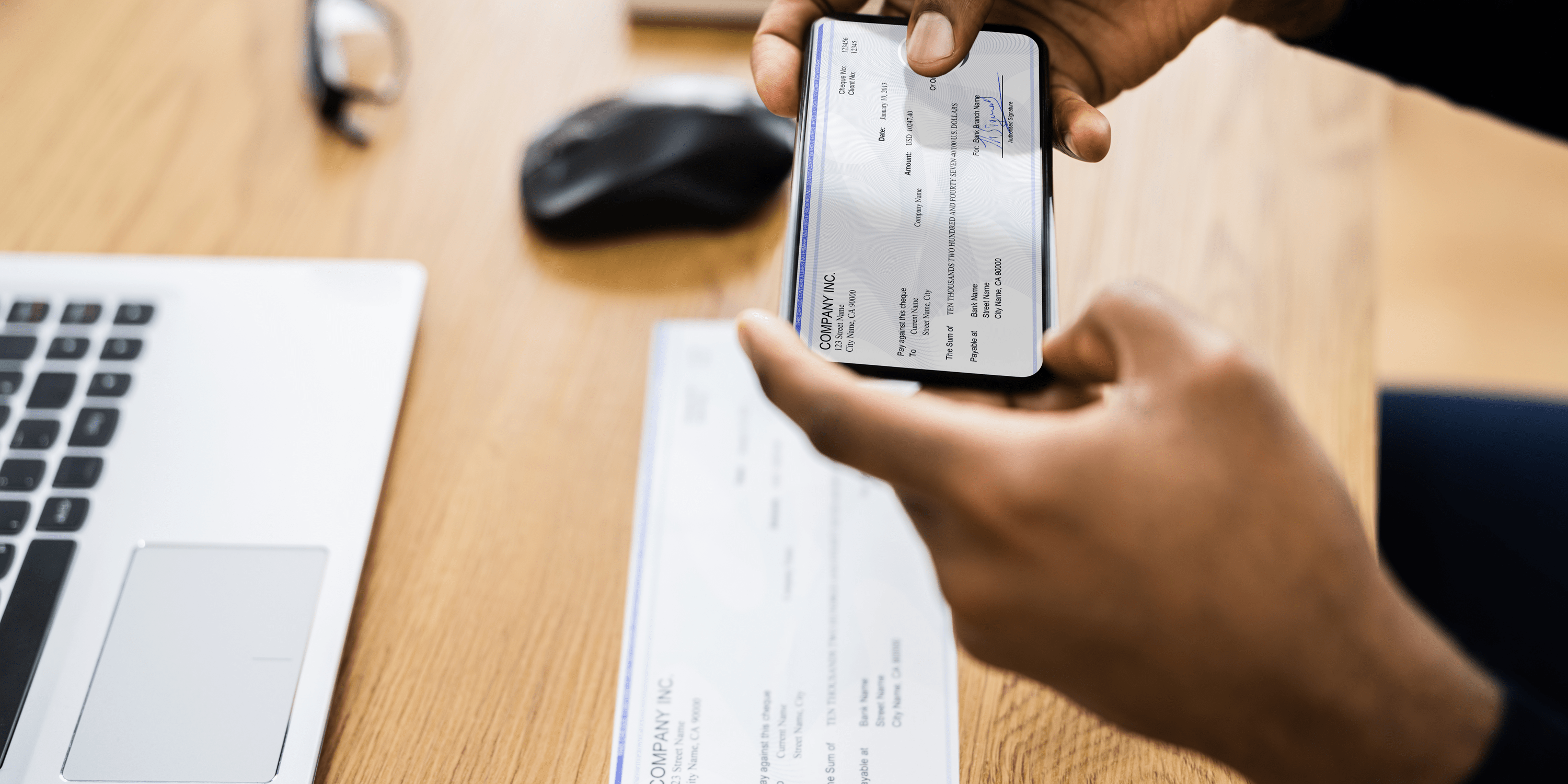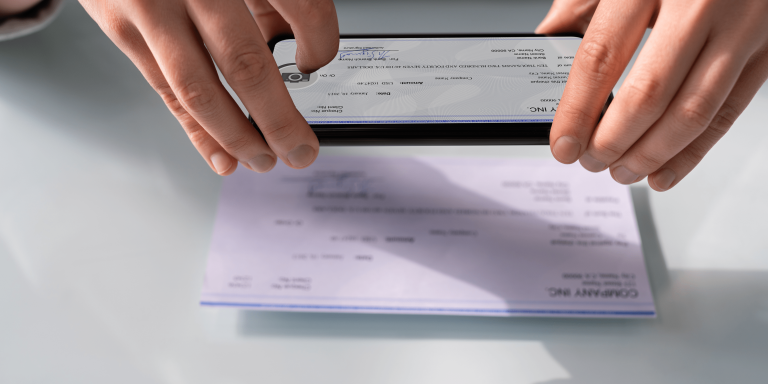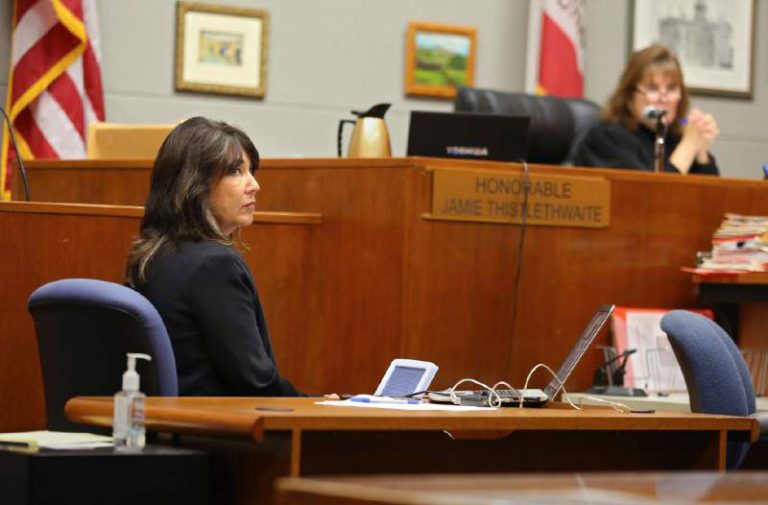Video conferencing has changed how we communicate, connecting people worldwide with just a few clicks. While its benefits have been widely acknowledged in different areas, legal reporting stands to profit greatly. Imagine attending depositions, witness interviews, and court hearings without leaving your office or traveling far away. Video conferencing makes legal reporting easier, faster, and more flexible.
Benefits of Video Conferencing in Legal Reporting
Video conferencing has transformed legal reporting, offering many benefits. It lets lawyers, clients, and witnesses attend meetings and depositions worldwide. This reduces travel time and cost.
Video conferencing improves legal reporting efficiency. Lawyers can collaborate and communicate with different parties throughout the legal process. This streamlines processes and aligns stakeholders.
Video conferencing also improves accessibility for disabled people. It allows them to actively participate in legal debates without mobility or transportation issues.
Recording video conferences is another feature. These recordings are crucial evidence that can be used throughout or after a case. They accurately record testimonies and enable detailed analysis for arguments and cross-examinations.
Video conferencing reduces carbon emissions from face-to-face meetings. Law companies contribute to a greener future while retaining effective communication by adopting this technology-driven approach.
Video conferencing in legal reporting improves flexibility, efficiency, accessibility, recorded evidence collection, and environmental sustainability.
Challenges and Solutions for Implementing Video Conferencing in Legal Reporting
Video conferencing in legal reporting is difficult. Protecting sensitive video conferencing data is a regular issue. Use a secure video conferencing platform with end-to-end encryption and other security steps to address this.
Managing video conference technological issues is another task. This could include connectivity issues, audio or visual malfunctions, or device and OS compatibility concerns. A dedicated IT support team can quickly resolve technological issues, reducing these challenges.
Some clients or legal professionals used to face-to-face meetings may refuse. They should learn about video conferencing’s time and cost savings, efficiency, and accessibility.
Training and assistance can help overcome this reluctance by making technology pleasant for everyone. Alternatives like hybrid meetings (in-person and virtual attendance) can help traditionalists adjust.
Remote depositions and video conference court sessions can be difficult to manage. Sharing papers electronically, handling exhibits, conducting cross-examinations, and keeping accurate proceedings records require defined protocols.
By addressing these challenges head-on with proactive solutions like secure platforms, IT support teams, user training programs, flexibility in meeting formats, and streamlined workflows, video conferencing in legal reporting can revolutionize how legal professionals collaborate and work, maximizing efficiency and accessibility for all parties.

Examples of Successful Implementation
Technology has made video conferencing essential to legal reporting. This tool has helped many law firms and courts improve communication and processes.
The successful deployment includes remote depositions via video conferencing. Video conferencing allows attorneys to hold depositions remotely without all parties present. This saves time and money on trip while allowing efficient questioning and cross-examination.
Virtual courtrooms, where judges, lawyers, witnesses, and jurors can attend sessions by video conference, are another achievement. This is especially effective during pandemics or when individuals are far away.
Law firms have also adopted video conferencing for client meetings. Attorneys can meet clients remotely without gathering everyone. This allows for more frequent and efficient client encounters and reduces logistical issues.
Potential Impact on the Legal Industry
The legal sector might benefit greatly from video conferencing. Lawyers can now remotely communicate with clients, colleagues, and courts thanks to technology. This could transform legal services.
Greater accessibility is a major effect. Video conferencing lets people who can’t attend meetings or judicial sessions engage remotely. This could benefit persons with mobility challenges, isolated residents, or busy professionals who can’t find time for face-to-face meetings.
Video conferencing also saves lawyers and clients time. Attorneys can hold virtual consultations from their offices or homes to save time and money.
Video conferencing reduces office space and traveling costs, making it cost-effective. High-quality video calls let lawyers operate remotely and stay connected.
Tips for Using Video Conferencing Effectively in Legal Reporting
1. Test: Make sure everyone has tested their equipment and internet connection before the video conference. Technical concerns during the conference will be avoided.
2. Find a Quiet Location: Avoid interruptions and background noise. Improve audio quality using microphone-equipped headphones.
3. Dress professionally: Treat the video conference like a meeting. Maintain credibility and respect the legal process by dressing properly.
4. Make eye contact: Look directly at the camera when speaking to engage and connect with others.
5. Use Visual Aids: Show relevant documents or presentations to simplify legal concepts.
6. Be Aware of Body Language: Even with video conferencing, nonverbal clues matter. Keep an open stance, sit up straight, and gesture correctly.
7. Actively listen to others throughout the video conference. Notes, clarifications, and not interrupting others are all important.
8. Stay Engaged: Offer thoughts, ask meaningful questions, and contribute legal reporting input to discussions.
9. Be aware of time constraints during video calls, especially when numerous parties are discussing legal reporting.
10. Adjust Video Settings If Needed: Before key meetings, adjust camera brightness, contrast, etc.
With these video conferencing strategies for legal reporting hearings, you can improve communication and preserve professionalism.
Future Possibilities and Advancements in Video Conferencing Technology
As technology advances rapidly, so can video conferencing. The future promises fascinating possibilities that could change legal reporting.
AI in video conferencing software could improve it. In a legal procedure, AI systems may automatically transcribe and summarize talks, making it easier for reporters to take correct notes.
Virtual reality (VR) video conferencing could make participants feel like they’re in the same room. This immersive experience may improve communication and legal proceedings.

Conclusion
Video conferencing is vital for legal reporting, providing several benefits and solutions to legal practitioners’ problems. It streamlines communication, accessibility, and cost savings. Lawyers can boost productivity and professionalism by using video conferencing.
Video conferencing has been successful in court settings. Remote depositions and virtual court sessions have shown how this technology can improve legal communication.
Video conferencing may also affect the law business. It allows lawyers to serve international clients without traveling.
Consider these methods to maximize legal reporting video conferencing:
1. Buy good cameras, microphones, and speakers for clear conference audiovisual output.
2. Prepare: Learn the video conferencing software or platform to avoid technical issues during key meetings or hearings.
3. Establish a professional atmosphere: Choose a location with good lighting and few interruptions.
4. Check internet connectivity before each session to avoid interruptions.
5. Engage actively: Look through your camera lens like you’re in a meeting.
As technology advances rapidly, we should expect innovative video conferencing innovations to improve legal reporting. Innovation is limitless, from AI-powered transcription services that automatically provide accurate transcripts during live sessions to immersive virtual reality courtroom simulations.












